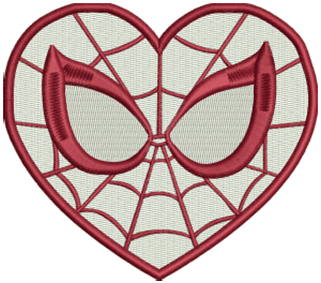When it comes to finishing the exterior of a home or building, trim is more than decorative detail—it’s a functional element that protects edges, seals gaps, and enhances curb appeal. Two of the most popular options on the market today are PVC trim and Hardie trim. Both materials are engineered to last longer than traditional wood, but they differ in composition, performance, cost, and installation. Understanding these differences will help homeowners, builders, and contractors make the right choice for each project.
What Is PVC Trim?
PVC trim is made from polyvinyl chloride, the same durable plastic used in plumbing pipes and window frames. It’s designed to look like painted wood but with far less maintenance. Because it’s completely synthetic, it resists moisture, rot, insects, and warping.
PVC trim is often used around windows, doors, fascia, and soffits, or anywhere exposed to the elements where wood might fail prematurely. It’s lightweight and easy to cut with standard tools, making it popular among installers looking for efficiency on the job site.
Key Advantages of PVC Trim:
100% moisture resistance, even in wet climates
Won’t rot, warp, or split
Lightweight and easy to work with
Low maintenance—never needs repainting (though it can be painted if desired)
Potential Drawbacks:
Higher material cost compared to wood
Expansion and contraction with temperature changes
Can look “plastic-like” if not painted or finished properly
What Is Hardie Trim?
Hardie trim is part of the James Hardie fiber cement product line, made from a blend of cement, sand, cellulose fibers, and proprietary additives. It is engineered to deliver the look of wood with exceptional durability against fire, pests, and harsh weather.
Hardie trim is commonly used to complement Hardie siding, though it can also pair with other cladding materials. It is heavier than PVC and requires specialized cutting tools, but once installed, it delivers a premium, high-end finish that lasts decades with proper care.
Key Advantages of Hardie Trim:
Extremely durable and impact resistant
Non-combustible and fire-resistant
Stable in fluctuating temperatures
Authentic wood-grain appearance
Potential Drawbacks:
Heavier and more challenging to install
Requires painting or factory color finishing
Can absorb moisture if not properly sealed at joints and cuts
Higher labor costs due to handling and cutting requirements
Side-by-Side Comparison
| Feature | PVC Trim | Hardie Trim |
|---|---|---|
| Material | Synthetic plastic (PVC) | Fiber cement |
| Moisture Resistance | 100% waterproof | Very good, but edges must be sealed |
| Durability | Resistant to rot, insects | Fire-, pest-, and impact-resistant |
| Appearance | Smooth, can be painted | Wood-grain or smooth finish options |
| Weight | Lightweight, easy to handle | Heavy, requires specialized tools |
| Maintenance | Minimal, no repainting needed | Needs painting and occasional upkeep |
| Cost | Higher upfront material cost | Higher labor and finishing costs |
When to Choose PVC Trim
PVC trim is an excellent choice for projects where moisture exposure is a major concern—such as coastal homes, humid climates, or areas prone to heavy rain. It’s also ideal for builders who want speed and efficiency during installation. For homeowners looking for a low-maintenance exterior that doesn’t require repainting every few years, PVC delivers long-term convenience.
When to Choose Hardie Trim
Hardie trim is the go-to option for those who want maximum durability, fire resistance, and a traditional wood-like finish. It’s especially suitable for high-end residential projects or commercial buildings where appearance and longevity matter most. While it requires more effort to install and maintain, the investment pays off with a refined, timeless look.
Final Thoughts
Both PVC trim and Hardie trim offer clear advantages over traditional wood, but the right choice depends on climate, budget, design goals, and maintenance preferences. PVC trim shines in wet or coastal environments where water damage is a constant threat. Hardie trim excels in projects demanding fire resistance, toughness, and authentic curb appeal.
material alternative: pvc board
For builders and homeowners alike, the best decision is the one that balances performance with long-term value. By weighing the pros and cons of each material, you can select the trim that ensures your project looks sharp and lasts for decades.






